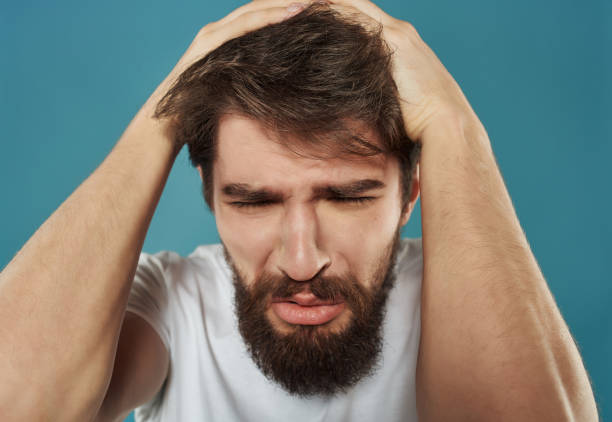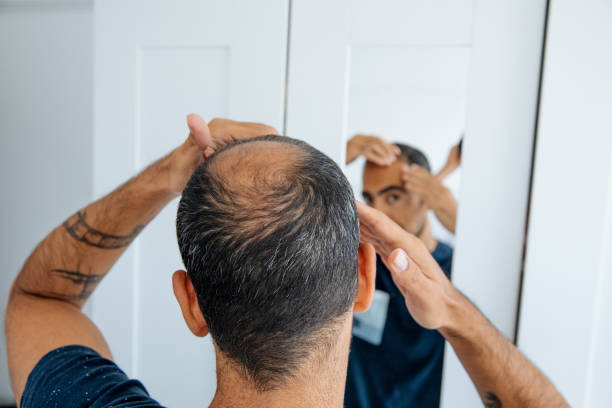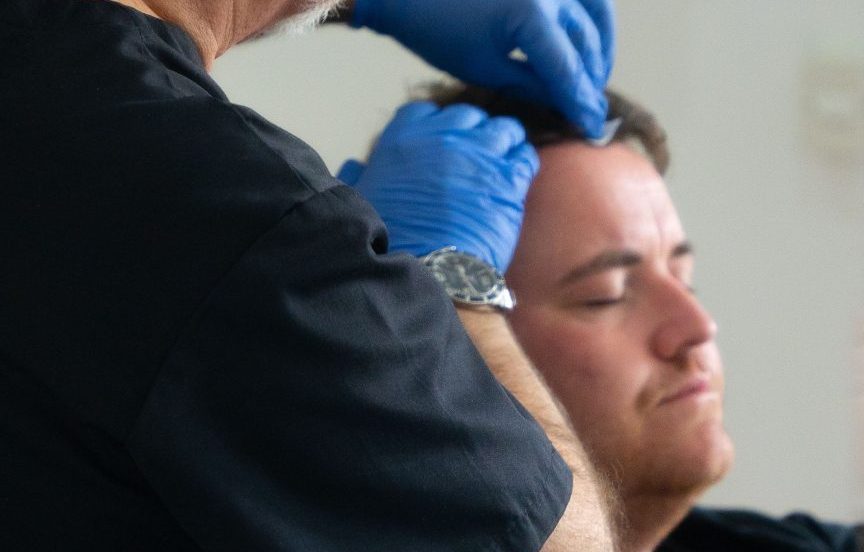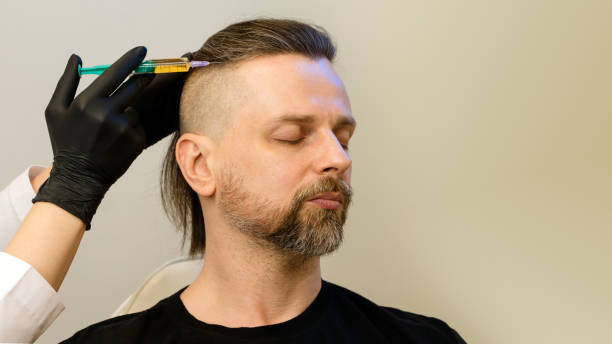
Can you Combine PRP Therapy with a Hair Transplant?

Can you Combine PRP Therapy with a Hair Transplant?
Boost Growth, Enhance Healing
“Explore the benefits of combining PRP therapy with hair transplants. Learn how this integration can enhance hair follicle survival, accelerate healing, and promote denser hair growth.
Boost Growth
PRP speeds up the healing process by reducing inflammation, swelling, and redness.
Strengthen
Follicle Survival
One of the biggest concerns post-transplant is ensuring existing hair remains strong and healthy.
Enhance Healing
The success of a hair surgery depends on how well the transplanted follicles survive.
Understanding PRP Therapy and Hair Transplants
Using scalp skin or hair follicles taken from the back of your head, your doctor will surgically fill up your bald areas as part of a hair transplant operation, a treatment for many types of hair loss. You may have hair loss in places that were not treated, even if this treatment option offers lasting results. This is because it does not address the underlying cause of your hair loss. As a result, your physician may suggest platelet-rich plasma (PRP) or other supplements or treatments.
So, when can you have injections of platelet-rich plasma? You may have PRP injections after surgery depending on your treated region, your doctor, and yourself. Receiving it 10 days after surgery was advised by some practitioners, whereas 3 to 4 months or 3 weeks following therapy were suggested by others.
If you’re new to the world of hair restoration, it’s essential to understand how both PRP therapy and hair transplants work. Each has distinct advantages, and when combined, they can form an effective hair restoration approach. Let us break it down.
What Is PRP Therapy?
Platelet-rich plasma (PRP) therapy is a known natural treatment that uses your blood to stimulate hair growth.
Sounds futuristic, right? Here’s how it works:
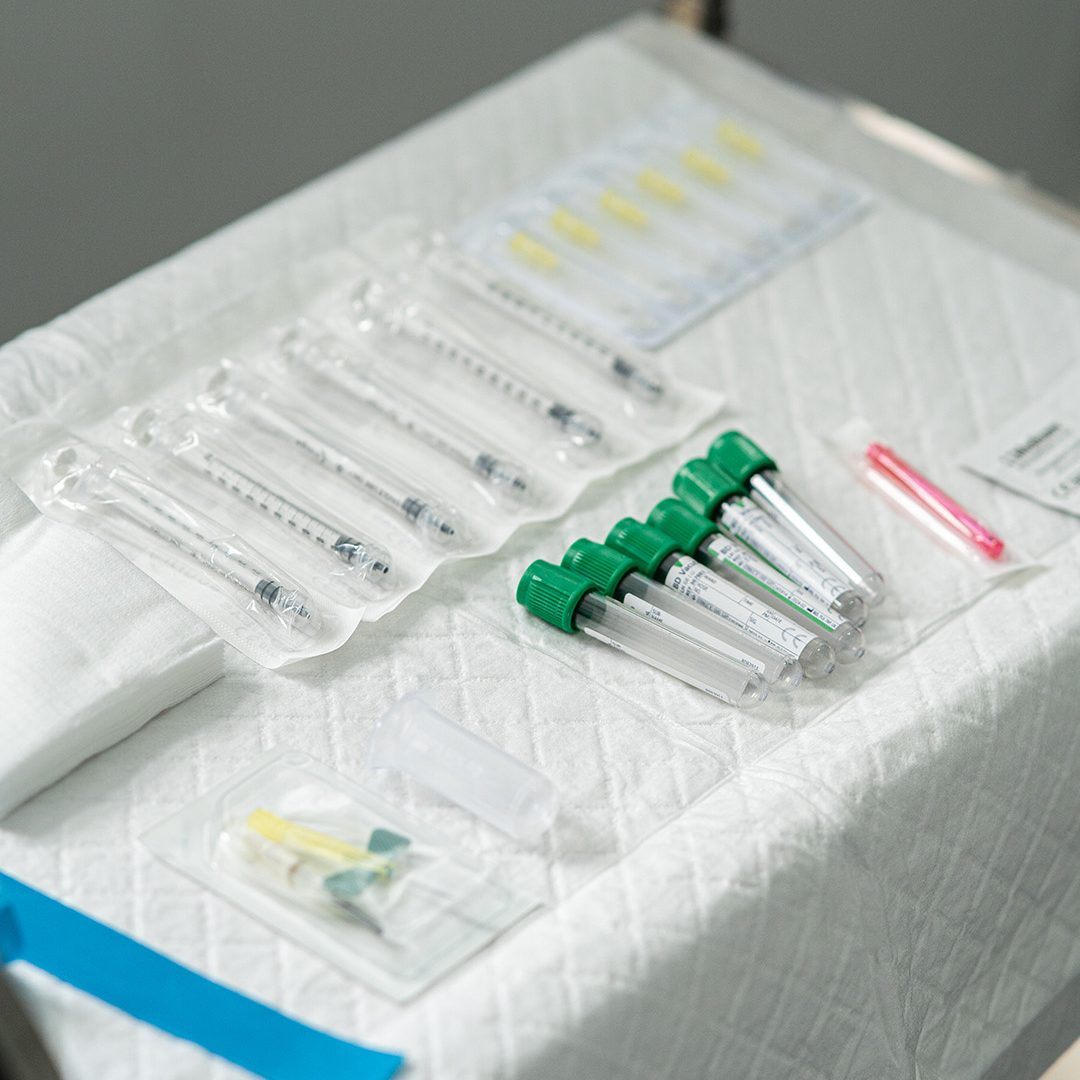
Blood Extraction
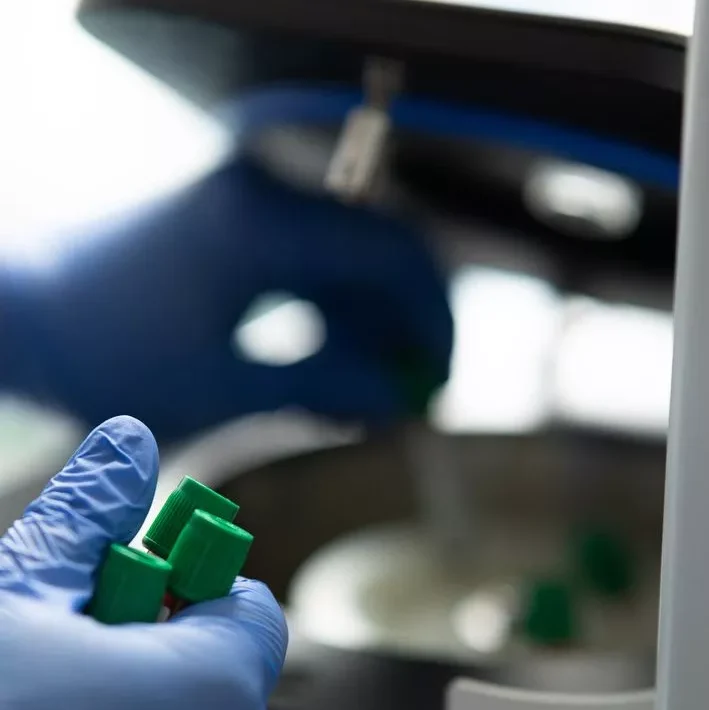
Plasma Separation

Scalp Injection


- 2,190 Grafts
- 12 Months Post Op
How Does a Hair Transplant Work?
A hair transplant involves moving healthy hair follicles from one part of your scalp (donor area) to areas experiencing hair loss (recipient area). The two main techniques are:
- FUE (Follicular Unit Extraction): Individual follicles are harvested and implanted.
- FUT (Follicular Unit Transplantation): A strip of the scalp is removed, dissected, and implanted.
Why Consider Combining PRP with a Hair Transplant?
PRP therapy isn’t just a standalone treatment—it can be an excellent addition to a hair transplant. It accelerates healing, strengthens graft survival, and enhances natural hair growth. If you’re investing in a transplant, PRP can help you get the best possible results.


- 2,190 Grafts
- 12 Months Post Op
The Benefits of Combining PRP Therapy with a Hair Transplant
Many people wonder if adding PRP to their hair transplant procedure is worth it. The truth is that this combination offers multiple benefits, from faster healing to improved hair regrowth. Let’s explore how PRP enhances the results of a hair transplant.
Game-changer: Can you put a price on the confidence boost of seeing your hair restored?
Truth: Think of it as a long-term investment in your confidence.
1. Faster Healing and Reduced Downtime
No one likes the post-transplant waiting game. PRP speeds up the healing process by reducing inflammation, swelling, and redness. Patients who receive PRP therapy after a hair transplant often report quicker recovery and minimal discomfort.
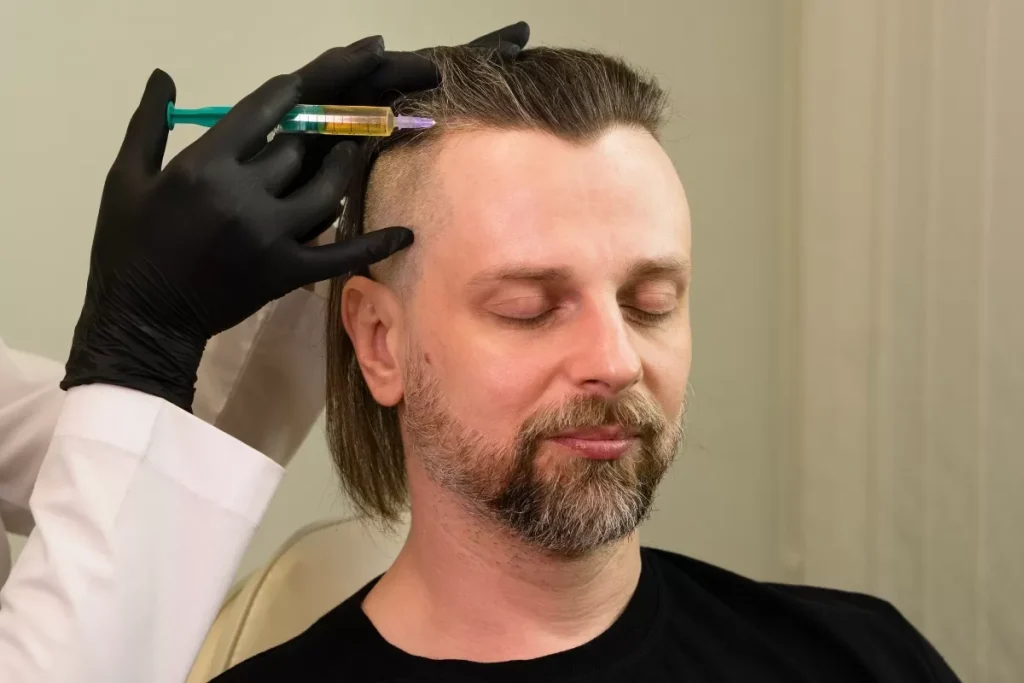
2 . Improved Graft Survival Rate
The success of a hair surgery depends on how well the transplanted follicles survive. PRP helps nourish the new grafts, improving their survival rate. Clinical studies suggest that PRP can significantly boost the viability of transplanted hair follicles.
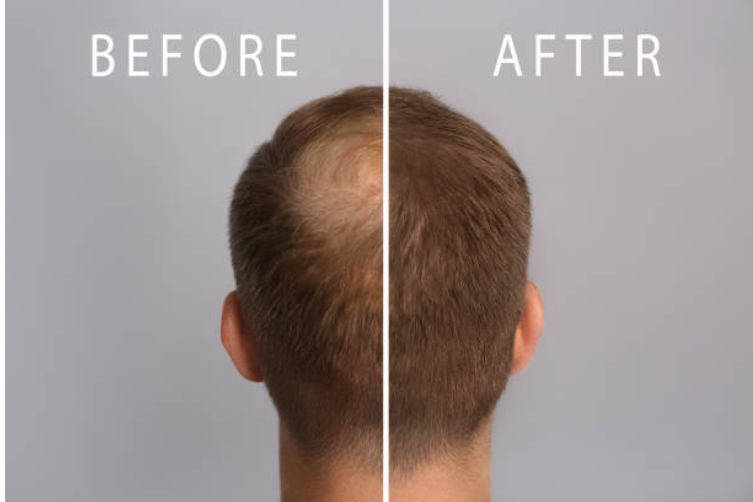
3 . Stimulating Natural Hair Growth
One of the biggest concerns post-transplant is ensuring existing hair remains strong and healthy. PRP therapy doesn’t just support new hair—it also revitalises your existing hair, thickening and strengthening it over time.
The Best Timing for PRP Therapy in a Hair Transplant
Timing is everything when it comes to PRP and hair transplants. Should you get PRP before, during, or after your transplant?
Let’s break down the best schedule for incorporating PRP into your hair restoration plan.
Pre-Transplant PRP: Does It Help?
Getting PRP injections before a hair transplant can improve scalp health, making the scalp more receptive to grafts. A well-prepared scalp means better results!
Post-Transplant PRP: When to Start?
PRP therapy is usually introduced after the initial healing phase, typically 4-6 weeks post-transplant. This allows the newly implanted follicles to settle while the PRP enhances their growth potential.
Long-Term PRP Treatments for Maintenance
Hair restoration is a journey, not a one-time fix. Many specialists recommend continued PRP sessions every few months to maintain hair growth, prevent future hair loss, and ensure lasting results.
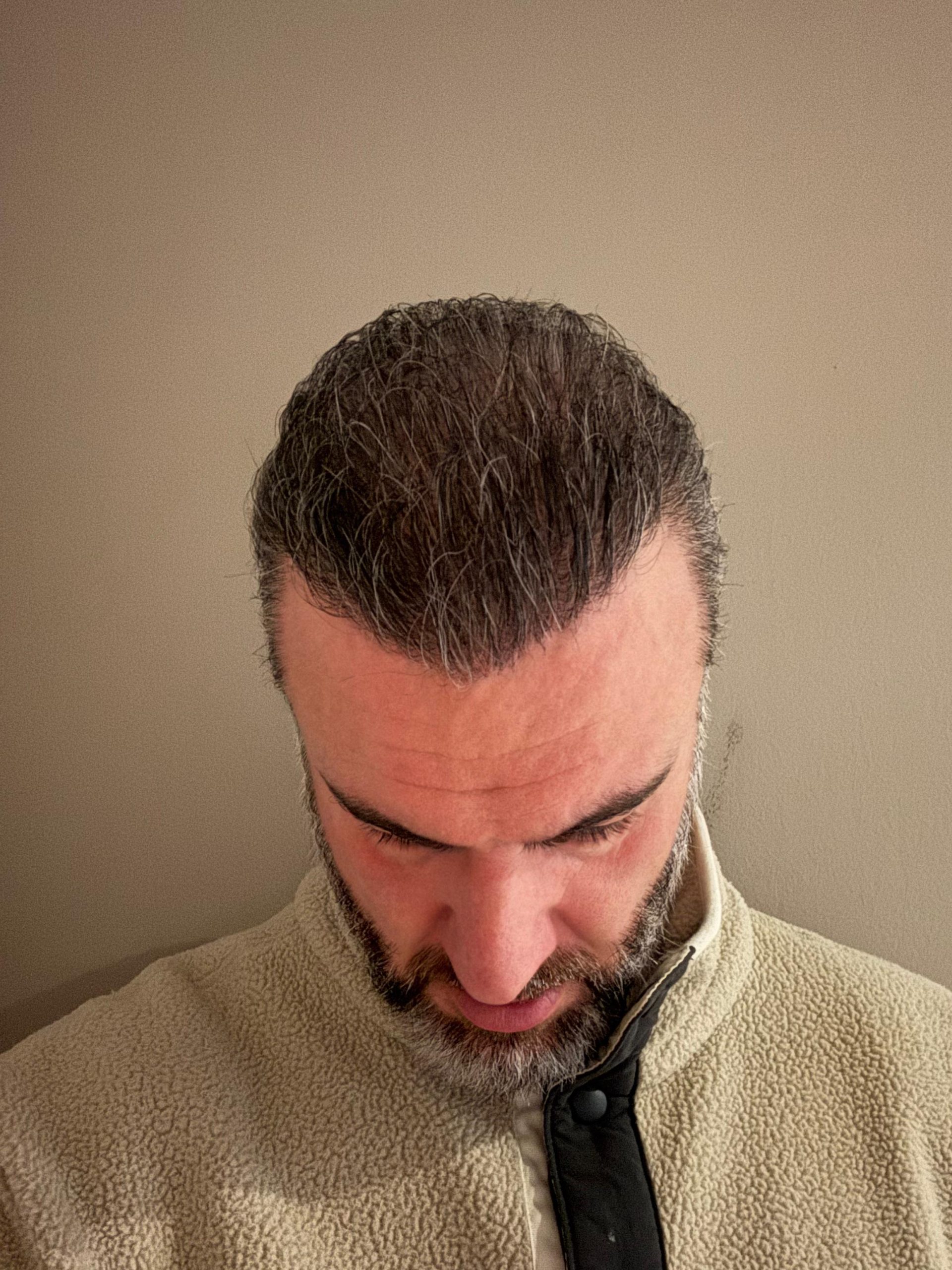
Are You a Good Candidate for a PRP-Enhanced Hair Transplant?
Not every individual is a good fit for PRP and hair transplants. While many people can benefit, some may see better results than others. Let’s find out who should consider this combination treatment.
What to Expect: Costs, Side Effects, and Results
Before jumping into PRP and hair transplant procedures, it’s important to understand the costs, possible side effects, and expected results. This will help you make an informed decision about your hair restoration journey.
Clinic Reputation
Cost varies based on location, clinic reputation, and the required sessions. On average:
In the United Kingdom, the cost of platelet-rich plasma treatments ranges from approximately £250 to £500 for each session.
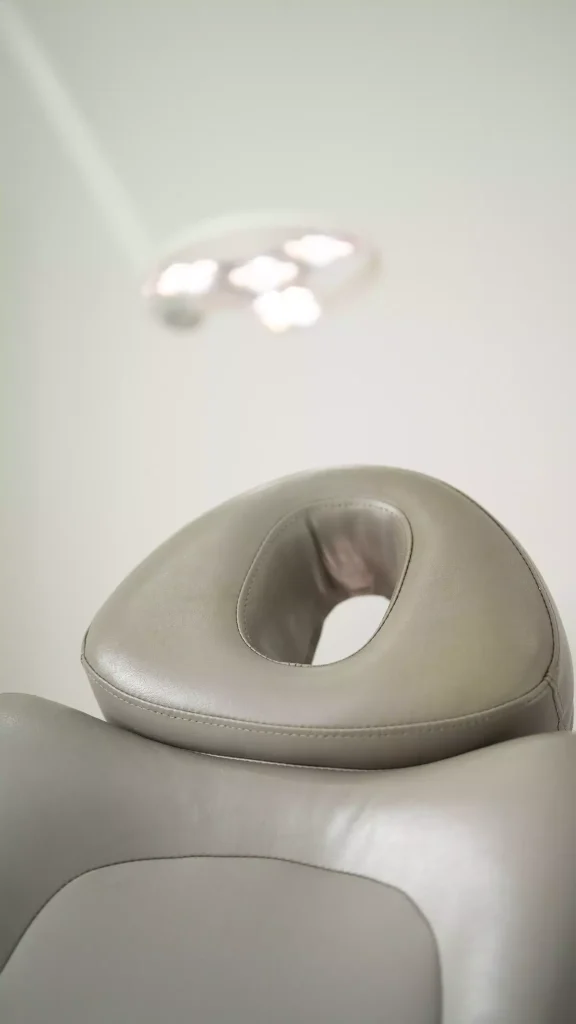
1 . The Cost of PRP-Enhanced Hair Transplants
cost
The price of each PRP treatment for hair loss at PRP London Clinic is £275.
While PRP adds to the cost, it enhances the results, making it a worthwhile investment for many patients.
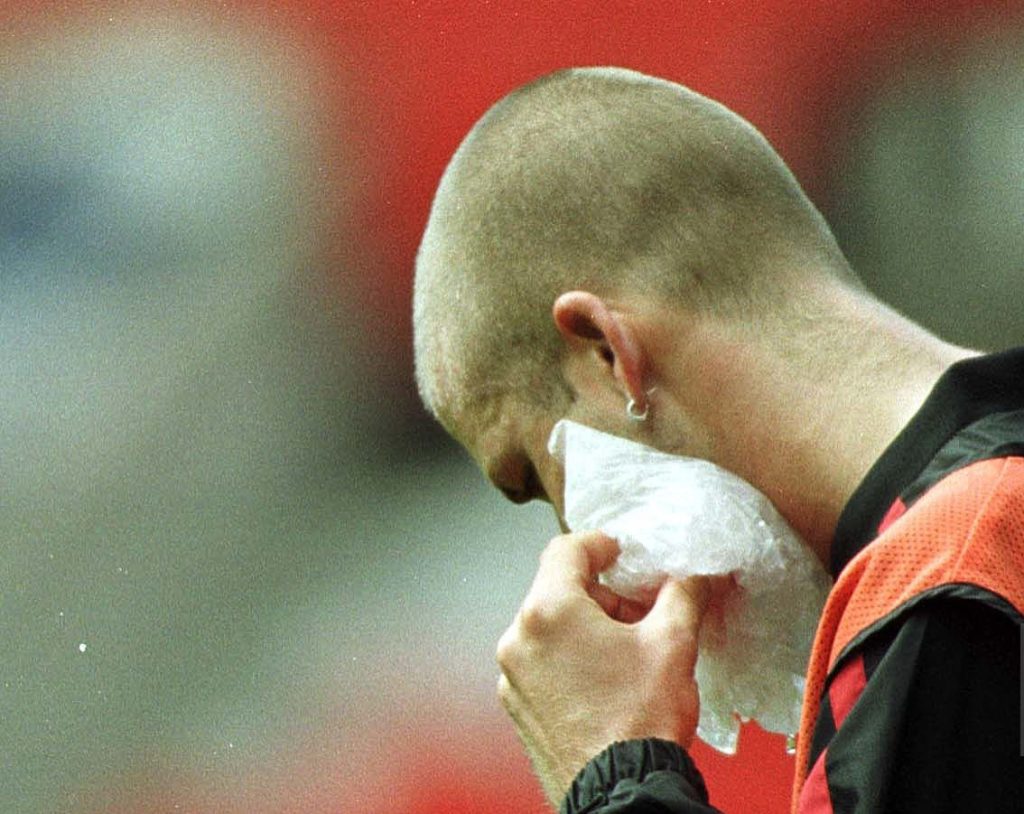
2 . Are There Any Side Effects or Risks?
PRP is generally safe since it uses your blood, reducing the risk of allergic reactions. Some minor side effects may include:
- Mild pain or soreness at the injection site.
- Little tenderness or pain where the injection was made, temporary swelling or redness.
- Minimal risk of infection (when performed by a qualified professional).
3. What Results Can You Expect?
Hair restoration is a journey, and results vary. However, with PRP-enhanced hair transplants, many patients report:
- Noticeable hair growth within 3-6 months.
- Continued improvement for up to a year.
- Thicker, healthier hair in the treated areas.
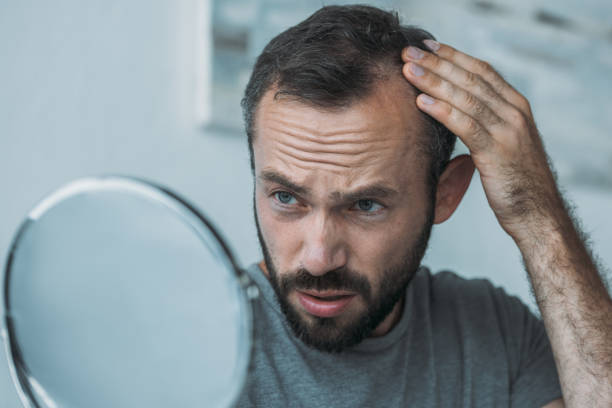
Final Thoughts: Is PRP Therapy the Right Addition to Your Hair Transplant?
If you’re considering a hair transplant, PRP therapy can be the game-changer that gives you thicker, stronger, and longer-lasting results. From faster healing to enhanced hair growth, the benefits are undeniable.
At Merchant City Medical Group, we specialise in cutting-edge hair restoration treatments, including PRP-enhanced hair transplants. Our expert team ensures you a customised course of treatment intended to produce the optimum outcomes. Whether you’re just starting your hair restoration journey or seeking ways to maximise your transplant outcome, we’re here to help.
Book a consultation today and take the first step toward fuller, healthier hair with Merchant City Medical Group!
Natural remedies like coconut oil, beard oils, and consistent brushing can improve your beard’s texture, appearance, and overall health. Patience and persistence are key if you’re dealing with patchy or slow growth. A beard transplant offers a reliable option for those seeking a permanent solution, providing natural, lifelong results and enhanced confidence.
At Merchant City Medical Group, we are ready to help you get the beard that you dream today.
Excellence Record
- 30+ Years of combined experience
- 10 + Experts
- 1000 + Satisfied Patients


